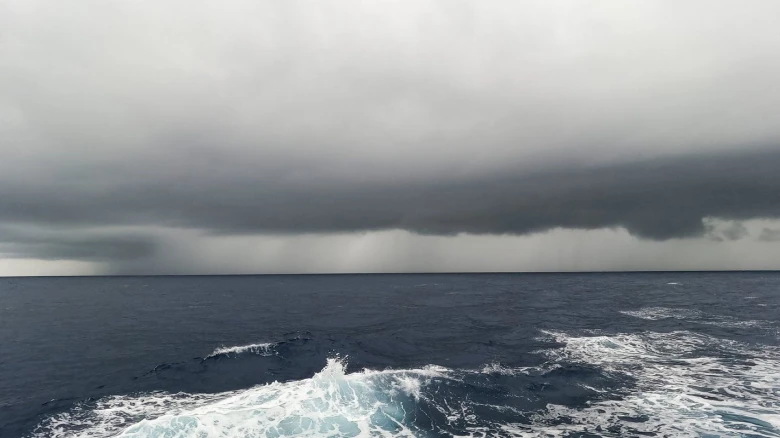A weather phenomenon known as La Niña originates in the Pacific Ocean. During a La Niña, warm ocean water and clouds migrate westward........
Digital desk: The Asia-Pacific Economic Cooperation (APCC) Climate Center has issued India's first monsoon projection for this year. Two distinct projections have been released by the Center, one for the months of April through June and the other for July through September.
Based on predictions, India is expected to see above-average precipitation from July to September, which is the country's peak monsoon season. The recent ENSO alert, which calls for a smooth transition from El Nino to La Nina conditions, is blamed for this change in the forecast.
A weather phenomenon known as La Niña originates in the Pacific Ocean. During a La Niña, warm ocean water and clouds migrate westward. As a result, regions like Australia and Indonesia may experience significantly higher than typical rainfall. Furthermore, regions like the American Southwest can get quite dry.
The weather on Earth is significantly influenced by the oceans. Ordinarily, warm ocean water is where rain clouds develop. The clouds and storms move along with this warm water when high winds cause it to move.
Warm water is gently pushed westward by breezes over the Pacific Ocean under typical circumstances. That warm water flows all the way to Indonesia from South America's west coast. Cold water from the ocean floor gradually rises to replace the warm water as it moves.
In July to September outlook, the APCC Climate Center stated, "Enhanced probability for above-normal precipitation is predicted for the region spanning eastern Africa to the Arabian Sea, India, the Bay of Bengal, and Indonesia, the Caribbean Sea, the tropical North Atlantic, southern Australia, and the southern South Pacific. A tendency for above-normal precipitation is expected for some regions of East Asia and northern Australia."
On March 15, 2024, the APEC Climate Center released an upgrade to its ENSO (El Nino-Southern Oscillation) alarm system. For the months of April through September of 2024, a La Nina WATCH is predicted by the present ENSO condition. This alert highlights how important it is for stakeholders and policymakers to keep a careful eye on climate trends in the months ahead because of possible La Nina conditions, which could have negative effects on the environment due to changed weather patterns.
The most current multi-model ensemble (MME) temperature probability estimate for April to June 2024 shows varying degrees of accuracy in predicting above-normal, near-normal, and below-normal temperatures in different locations. The Heidke Skill Score (HSS) of 66.9% for Europe is considerable and indicates a credible prognosis; the HSS of 82.0% is even higher for Southern Asia.
The global HSS is 65.8% overall, with scores of 54.2% and 67.9% respectively for the Northern and Southern Extratropics. Strong HSS values are seen in the Tropics, Australasia, and North America, with Australasia having the highest score (81.5%). Africa, on the other hand, has a comparatively low HSS of 5.5%, indicating lower forecast accuracy for this continent.
These scores are based on climatology from 1991 to 2010, with the historical Hindcast HSS data range from the APCC APEC Climate Center reflected in the report's pie chart sizes.

Leave A Comment